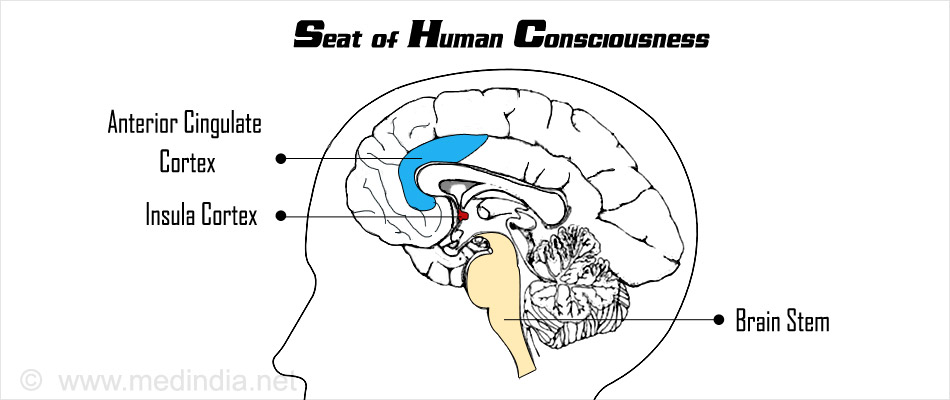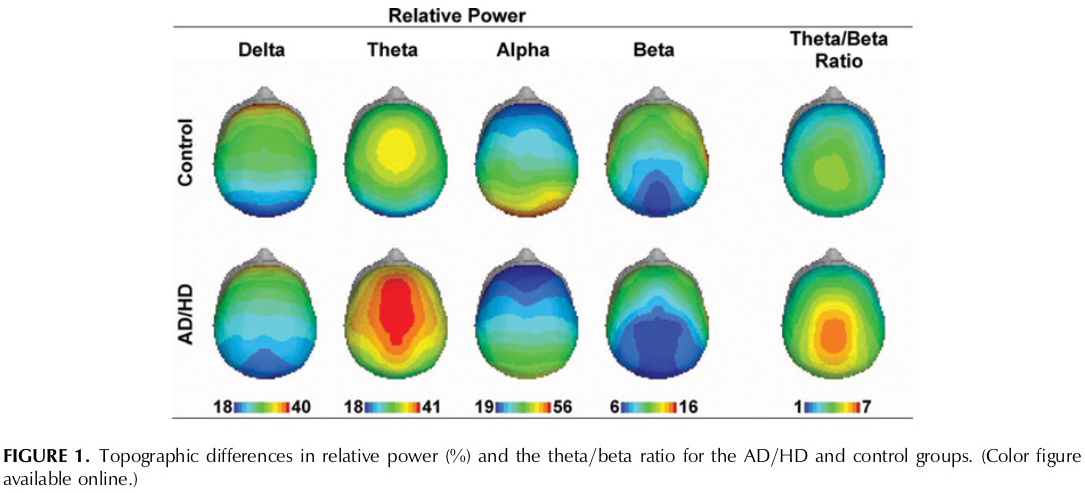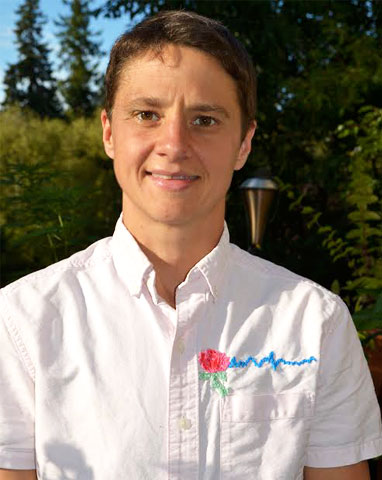
The New Epidemic: Doctors Gaslighting their Patients
I got in a bit of a comment war on facebook yesterday because I got fed up with the snarkiness of the anti-vaccinations-triggering-autism crowd (a.k.a., the anti-anti-vaxxers, although I’m not an anti-vaxxer). Yes, the studies show that there is no widespread association between vaccinations and autism. However, on an individual basis, there does seem to be a connection of some sort, or else why on earth would it have become a controversy in the first place? If even one child developed autism or autistic characteristics (and, thus, they were diagnosed with being on the autism spectrum) as a consequence of vaccination, then I think we have an obligation to understand that connection. The main problem of this controversy is the implication of a widespread association between vaccination and autism. The research has unequivocally demonstrated that vaccines to do not cause autism in any significant proportion above the overall incidence of autism. However, this does not mean that a very small population of people (likely with a genetic or epigenetic susceptibility) may be triggered to develop autistic characteristics as a consequence of vaccination (and the immune response that it causes). However, I don’t want to discuss the particulars of this debate. This blog post is not about the epidemic of people not vaccinating their children due to fears of autism. This blog post is about a different epidemic that I think is possibly just as concerning: the epidemic of medical doctors not listening to the patients and essentially “gaslighting” them.
The term, “gaslighting”, is relatively new to me. I honestly wish I had heard of it years ago because it would’ve made me feel more sane having an actual term for the phenomenon I was experiencing with certain friends and exes. “Gaslighting” refers to when someone essentially tells you that what you experienced did not actually happen; it basically undermines your reality. This is what the Encyclopedia Brittanica says about “gaslighting”:
“Gaslighting [is] an elaborate and insidious technique of deception and psychological manipulation, usually practiced by a single deceiver, or “gaslighter,” on a single victim over an extended period. Its effect is to gradually undermine the victim’s confidence in his own ability to distinguish truth from falsehood, right from wrong, or reality from appearance, thereby rendering him pathologically dependent on the gaslighter in his thinking or feelings.”

Interestingly, the term is actually derived from the 1944 movie, Gaslight, starring Ingrid Bergman and Charles Boyer (including Angela Lansbury’s screen debut). In the film, the main character, Paula (Bergman), is slowly driven insane by her newlywed husband, Gregory (Boyer), who manipulates her reality in order to drive her insane so he can steal her cache of hidden jewels.
In this post, I’m not suggesting that doctors are intentionally trying to drive their patients mad by ignoring their reality or second-guessing it or trying to re-write it into a reality they can more easily explain, but I think they do it unintentionally for very selfish reasons, such as not wanting to appear like they don’t have all the answers. I believe there is a widespread problem with medical doctors and many in the medical establishment either ignoring their patients or part of what the patient tells them or trying to manipulate their patients’ stories into a story that fits their explainable paradigms. I think this is a very dangerous problem that pushes people through the cracks of the healthcare system. In fact, people die from this type of behavior.
A 20-year-old rugby teammate of mine passed away from a brain aneurysm last month. She had been suffering from some medical issues – all of which I do not know because I was not close enough to her – and I gathered that she had been seeing many doctors about these issues. When I saw her last in October, she looked like she may have had a stroke because she seemed to only be able to speak out of half of her mouth – it reminded me of how my Grandma spoke due to paralysis in half of her face (due to a surgical accident when the surgeon accidentally severed her facial nerve on one side). The issue is that it was a change in degree, not a binary change (i.e., appearing after not being there at all). What I mean is that since I met her two years ago she had this side-mouth way of talking, but it was more severe in October than previous times I’d seen her. I honestly am pretty upset with myself for not pressing harder about my concerns, but I did ask her if she was doing alright, health-wise. She told me that she wasn’t and that she was seeing many doctors, so I was hopeful that somebody was dealing with this concern. Then two months later, she’s dead from a brain aneurysm. At the funeral, her mother hinted at a pending fight with the healthcare system, that there may be lawsuits coming, and that the doctors didn’t listen to their cries for help, didn’t give them the care or tests that they asked for. If she had an MRI, there is a pretty decent chance that they could’ve seen a growing aneurysm and done something about it like surgery. Part of the story is that my teammate was a person of color and working class, and she was on Oregon’s medicaid, OHP (Oregon Health Plan). In general, people of color (and other marginalized people) and working class people do not get the same level of care as white people from the middle and upper classes. It’s a very sad reality. It must change. Universal healthcare would help change this reality, although it wouldn’t be all that needs to happen to help change it – doctors need to be aware of their biases and to actively try to counter them.
I have another friend who is very large, technically considered “obese” according to her BMI, although she is also very muscular and strong, which is always missed if you use BMI as the sole measurement for obesity. She has a lot of chronic pain issues with incidences of syncope and other malfunctions in her autonomic nervous system. She has spinal and cranial MRIs showing all sorts of pathologies that could explain at least a large fraction of her symptoms, but the doctors have predominantly focused on her weight, as if that’s the primary reason for her problems. It has taken her over eight years for a medical doctor to take her seriously enough to finally look beyond her weight! I was helping her investigate her health issues last year and I even attended a couple of doctor’s appointments with her and witness firsthand how disrespectfully the doctors treated her. I even had a neuroscience textbook with me and had to correct the spinal surgeon when he said that the bladder has nothing to do with the spine. It turns out that the nerves that innervate and control the bladder travel down the spine and exit the spinal column around the same regions in which she was having pain and which show pathologies in the MRIs. He ignored me despite the fact that I just proved his statement wrong. I am not an M.D., so I do not get the same level of respect for my knowledge and intelligence from M.D.s as other M.D.s do, despite my expertise in molecular, cell, developmental, and biochemical biology (MCDB) and my ability to perform and comprehend medical science and research.
There is a growing contingent of medical doctors that are changing the way they interact with their patients, but in general I am not impressed – in fact, I’m pretty concerned about the general attitude of medical doctors towards their patients. “Bedside manner” can refer to many types of communication, but what I’m particularly concerned with is doctors listening to their clients, believing that their clients are telling you the truth as much as they can tell it, and having the self-esteem and curiosity to investigate further when they don’t have a ready-made answer to the patient’s problem. Scientists tend to have more curiosity about the unknown, whereas I think medical doctors tend to want to portray a sense of all-knowing and security about what they know, but this leaves little room for growth – of medical science, of knowledge, of character, etc.
We all need to work together to hold our medical doctors accountable for listening to our stories, for putting in the effort into our healthcare. If they do not listen and they are not curious about what ales you and invested in finding it out when it does not fit into one of the diseases or disorders they know, find a new doctor who does.







Recent Comments